|
We started February by establishing our cosmic address: the Universe, Milky Way Galaxy, Solar System, Planet Earth, North America, United States of America, Washington State, Redmond, Montessori Children’s House. We talked about space and different objects you can find in space: stars, planets, dwarf planets, moons, asteroids, meteors, comets. We looked closer at our solar system and discovered that there are inner or “rocky” planets and outer or “gaseous” planets. We researched each planet in our system and tried to find something special about each one of them. We also talked about space travel and especially space shuttles and their parts. Children knew a lot about space already and were very excited to share their knowledge and add to our circle discussions.
In March we will look closer at our planet and talk about the layers of the Earth and volcanoes. We will try to simulate an eruption on a very small scale. We are very excited about it.
0 Comments
In January Verde students “travelled” to both poles and discovered that the very North of Earth is covered by frozen ocean and that there is a continent in the Southern most part of our planet. Children learned that both of these places are the coldest on Earth and are called polar regions.
We talked about Antarctica and the very few plant and not many animal species that live there. Children were surprised to discover that Antarctica is a desert – there is very little precipitation there. We talked about penguins, their body parts and life cycle. We also learned that this is the only continent that doesn’t have any native peoples, just scientists who stay there to study it and visiting tourists. We also talked about Arctic, its animals, climate and one group of native people – Inuit. We even made a model igloo and let it melt outside to see if this type of a house would be appropriate in our climate. In February we are going to start a two month unit. We are going to start with exploring space and the Solar System. We are then going to scale it down next month and look at layers of the Earth and Volcanoes. In December we spent time talking about the four seasons, practicing names of and signs of Winter, Spring, Summer and Autumn. Children enjoyed sorting pictures with scenes of nature, holidays and clothing to the season they belonged to.
We also talked about modern art and learned about two artists: Pablo Picasso and Vincent van Gogh, their life and art. We looked at their paintings and discussed what we like and don’t like about them and how they make us feel. We also tried our hand at making our own abstract drawing after a lesson on abstract art. It was so much fun! In January we are going to talk about the polar regions of the world: the Arctic and Antarctica, as well as learn more about birds. We are even going to make our own ice cube igloo! In November Verde children found themselves exploring Africa, learning about its location on the map, climate, biomes (deserts, grasslands, tropical forests), animals and people. Children were most excited to learn and share their knowledge about African animals: where they live, what they eat and how they get their food. We had a wonderful discussion about animal camouflage and its purpose.
We also talked about important landmarks like the pyramids and river Nile in Egypt, Victoria Falls and Mount Kilimanjaro. Some older children made their own books of African animals or African landmarks. After talking about and looking at beautiful photographs of two ethnic groups that live in Africa, the Tuareg people and the Maasai people, the children were invited to make their own paper necklaces – a craft that was inspired by the pictures we have seen. We finished our study by cooking a West African couscous dish and sharing it as our Thanksgiving lunch. In December we are going to talk about weather and explore and try our hand at modern art. October in Verde was very … tasty. We started the month with an exploration of what is a fruit and discovered that it is a part of a plant that has the seed inside. We knew that apples, pears and oranges were fruit, but we were surprised to learn that once we cut them open, a cucumber, a bell pepper and a tomato turned out to be a fruit too. We followed our discoveries with a tasting of all of the above and compared flavors and texture of the different fruit. Later in the month we talked about the parts of and life cycles of both apples and pumpkins and had another tasting, this time of different varieties of apples. We made a graph to illustrate how many of us favored which type of apples. We finished the month with carving pumpkins and learning about spiders.
Next month we are going to explore the continent of Africa: its people, customs, fauna and flora. If you have any objects or pictures from that continent or have been there and would like to share your impressions with us please let us know. Welcome to Verde and a new school year! We were so happy to be back at school after the summer break and see our returning friends and welcome newcomers. We spent the first few weeks of school getting to know each other, the environment and the school routine.
September was quite eventful and brought us a few things to celebrate. We joined people around the world in recognizing the UNESCO Literacy Day by talking about different types of books and by looking at books, reading them and even singing books! We discovered their parts and talked about people who make books. We also celebrated International Day of Peace by talking about what peace means to us and practicing being peaceful in the classroom. We have also met our specialists and started gardening, farming, music and Spanish. In November we are going to talk about fruit, its parts and functions, and will look at apples and pumpkins and their life cycles in particular. We will also talk about spiders closer to the end of the month. We spent the month of May exploring the continent of Asia. We were very lucky to arrange visits from parents of three of our students to help us learn more about that continent. Ms. Aya, Aria’s mom came to talk to us about Japan, Ms. Cherry, Brandon’s mom introduced us to China and Ms. Khavitha, Priyankha’s mom shared with us lot of very interesting information about India. We are very grateful for those wonderful visits. Thank you! We have enjoyed studying Asia so much that we are extending it into the month of June. Also in June we are going to work with tools and use screwdrivers, wrenches, nuts, bolts and hammers and do a lot of scrubbing to get our classroom ready for summer.
The study of seeds took up all of April in Verde. We started with soaking and dissecting bean seeds to discover the parts of a seed. We also traced a puzzle illustrating parts of a seed and labeled them, copying names of each part from a booklet. We looked at different shapes and sizes of seeds and matched pictures of seeds with their specimens. Later we discussed the function of each part of a seed and decided to observe how a seed germinates. We each guessed how many days it would take for a seed to sprout the first root and guesses ranged from 5 days to 100 days. It took exactly 5 days for the first bean to sprout. We also talked about needs of seeds and started an experiment to see if seeds can grow without water or light. We have noticed that seeds don’t grow without water, but those without light grow faster than those on the window sill. We talked about the life cycle of a plant and many children made their own life cycle charts. We ended the month with tasting seeds. Ms. Angela (thank you!) came to make seed bars with Verde children and we had a chance to eat them along with some other seeds. Most children enjoyed this tasting exercise and eagerly described the taste and texture of each seed.
In May we are going to discuss Asia and its people, culture, fauna and flora. If you would like to come to Verde to share something about the continent of Asia please let me know, we would love to have you! 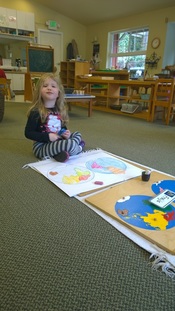 Welcome back after the break! I hope everyone enjoyed their spring vacation. The kids came back ready to learn and we jumped right in our topic of study this month: seeds. In April we are going to talk about parts seeds are built of and how they work. Through experiments we are going to discover what do seeds need to sprout and we will learn about the life cycle of a seed producing plant. We will also look at specimens of seeds of different plants and compare their size and appearance. Our seed unit will feed the interest children are showing in the plants sprouting in the school garden and will tie in nicely with the process of constructing new gardening beds on the playground keenly observed by the children. Before the break we have concluded our unit on land, air and water as well as different means of transportation. We started by looking at samples of land, water and air in glass containers. We then looked at different pictures of nature to determine if they are showing land, air or water and sorted them by their category. Some pictures were tricky and we had to make a judgement call as to which category they belonged to. We also looked at different types of transportation, matched pictures and objects and sorted pictures into those that fly, float or ride. We discussed what a timeline is and made our own timeline of transportation starting with… our own feet. We also talked about land and water forms and explored our models of a lake, an island, a gulf, a peninsula and so on. Children were inspired to look at land and water forms on a small scale and large, and the unit brought a renewed interest in Geography in general and tracing maps in particular. February flew by in Verde as we were busy studying zoology. We started with looking at our own bodies and trying to identify our spines and their function. From there we talked about the division into the vertebrate and invertebrate animals. Children had a lot of fun sorting photographs of animals into those two categories and following up this exercise with their own Vertebrates/Invertebrates table using animal stamps. Once children were familiar with the concept of vertebrates and invertebrate we talked about five classes of vertebrates and studied fish in more depth. Using the fish puzzle, three part cards and booklets we identified fish body parts and discussed their functions. We talked about their environment and that fish cannot live outside of water. We also talked about fish life cycle and different stages of life.
In March we are going to talk about land, air and water. We are going to tie it in with the study different means and the history of transportation. We are also going to celebrate the Montessori week with a performance on March 7th. We have been working very hard to get ready and can’t wait to sing for our families. We hope to see you then! |
Ms. Rohini
|
|
Montessori Children's House
5003 218th Ave. NE Redmond, WA 98053 Phone: 425-868-7805 [email protected] For Records Requests, please reach out to [email protected]. |
Founded in 1987
|

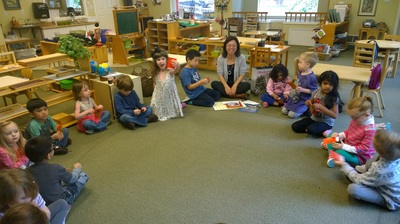
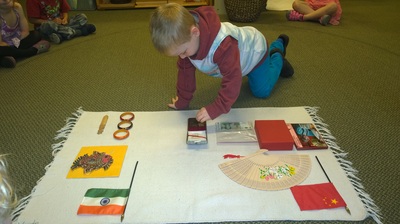
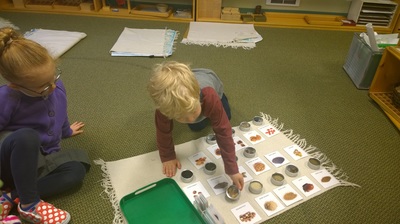
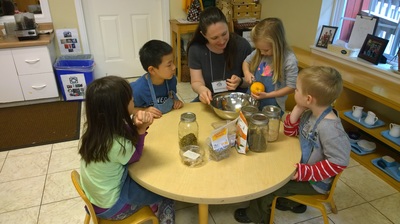
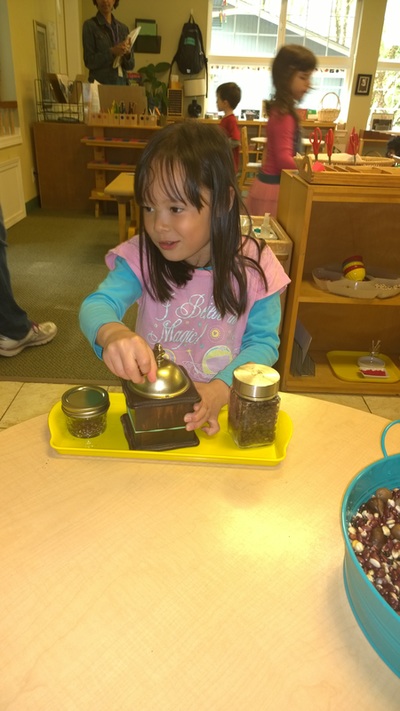
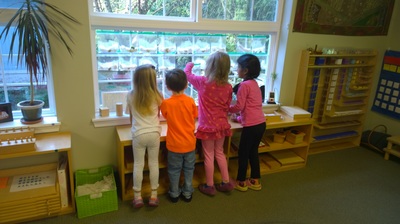
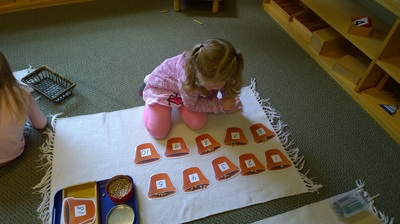
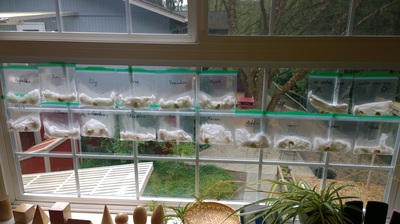
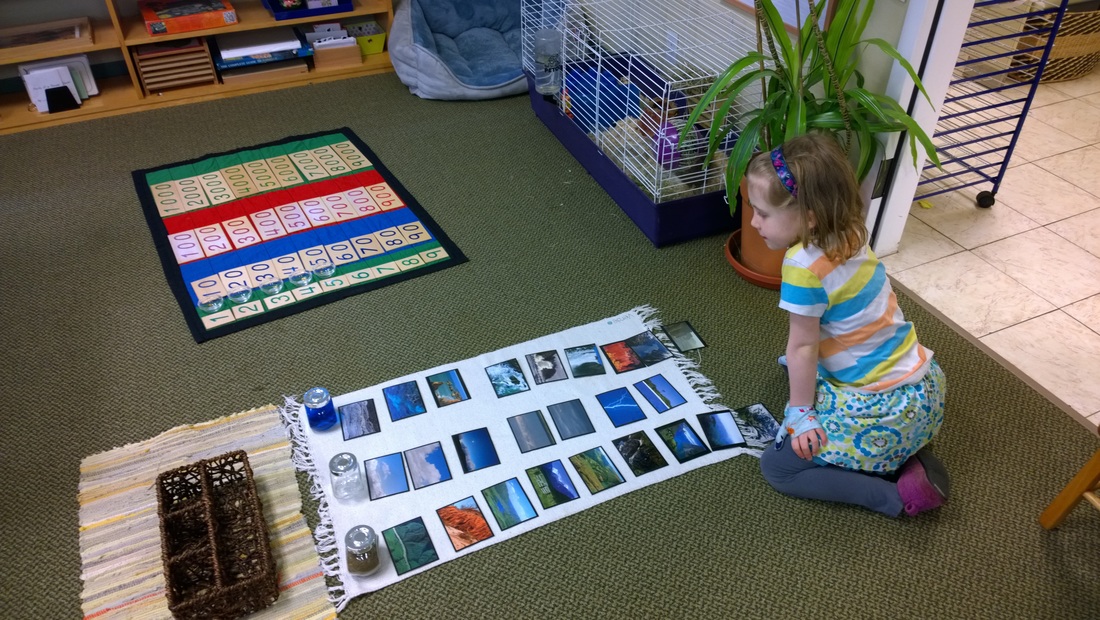
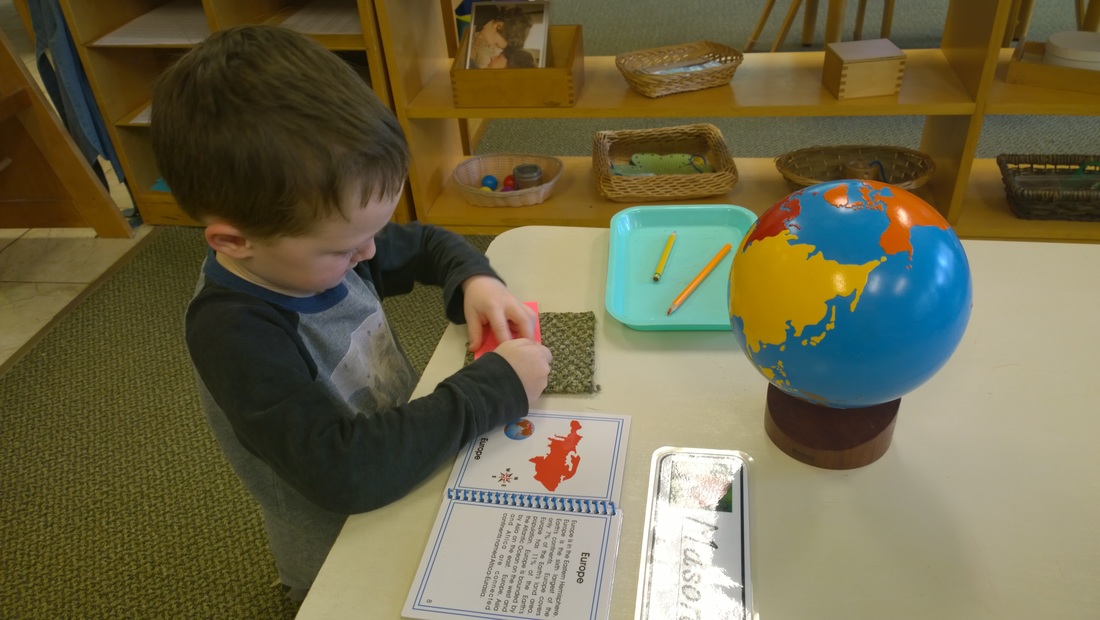
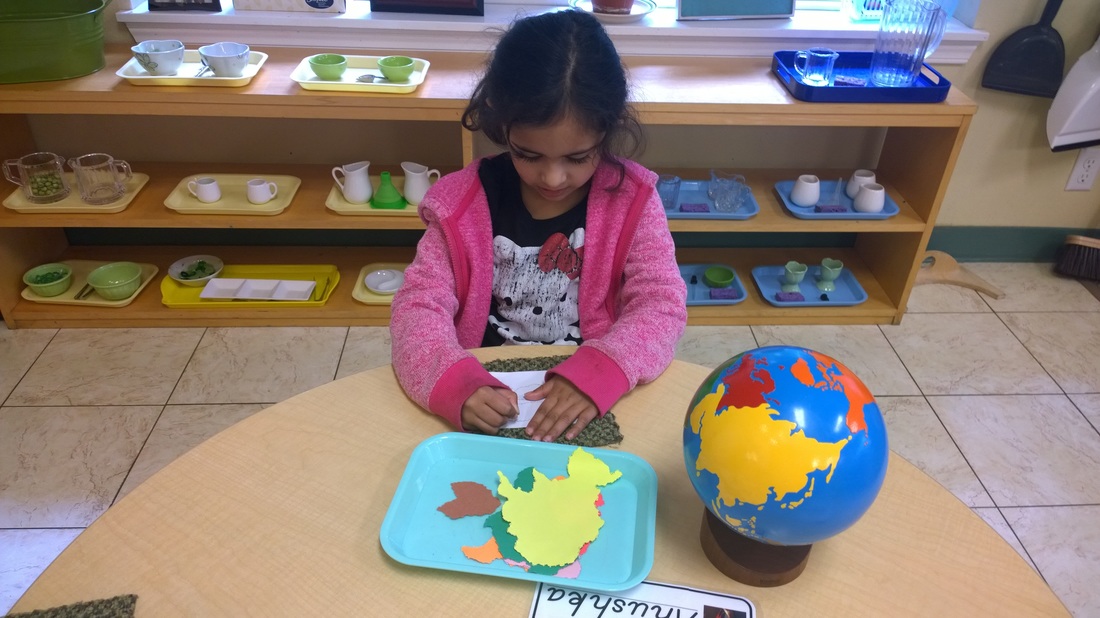
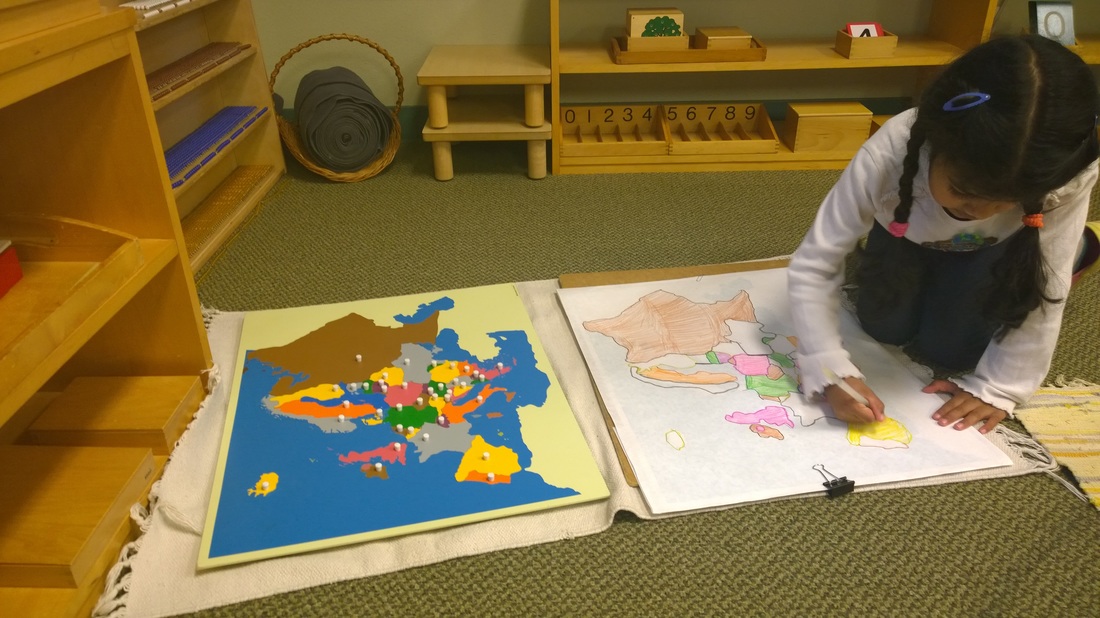
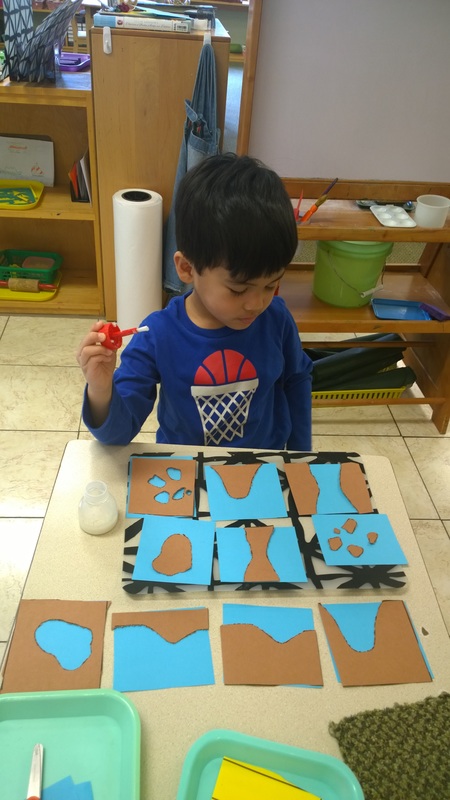
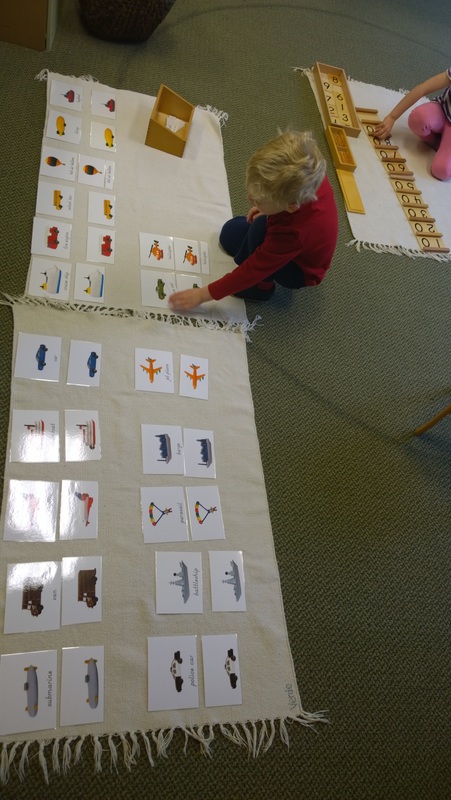
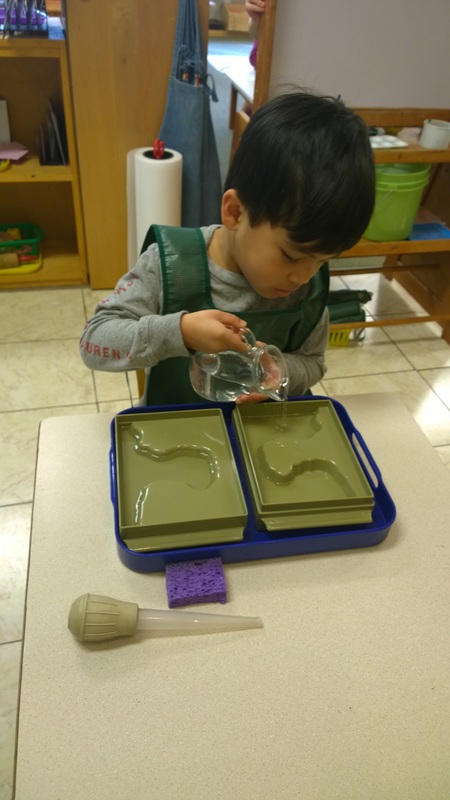
 RSS Feed
RSS Feed
